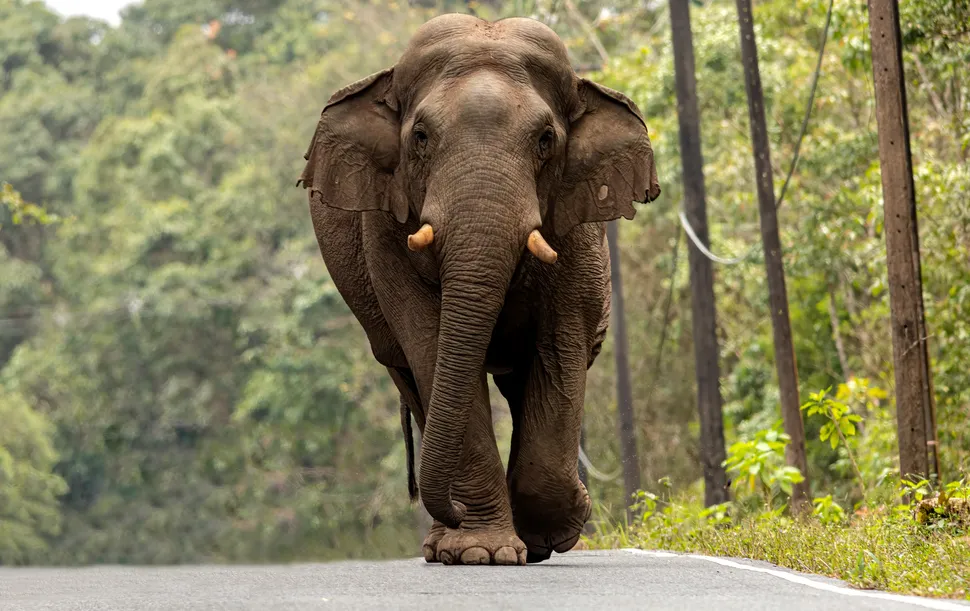Research on whether animals can recognize themselves in the mirror began in 1970 1 and just a handful of species have since passed the test ever since.
While we are the only species to scrutinize our reflections in a mirror every day, we are not the only ones to recognize ourselves in reflective surfaces.
Scientists have tested for mirror recognition in a wide array of species, starting with research on chimpanzees (Pan troglodytes) published in 1970. Animals ranging from ants to manta rays to African gray parrots (Psittacus erithacus) have been scrutinized for signs of self-awareness when presented with a mirror. A small handful realize that they are looking at themselves. Many don’t. And a number have displayed inconclusive behaviors.
These mixed results have led researchers to debate the usefulness of the test and how it helps scientists understand animal cognition.
“Many animals don’t pass,” Frans de Waal, a primatologist at Emory University, told Live Science. De Waal has conducted self-awareness tests on capuchin monkeys — which failed. “They need to self-inspect a visual mark in front of a mirror without any training or rewards. It needs to be spontaneous. Most of the claims in the literature don’t fit this description.”
So which animals have passed the test?
In the 1970 chimp experiments, four chimpanzees were anesthetized and marked with red dye on their faces. When they awoke, they examined the areas that had been marked in the mirror, indicating an understanding that they were viewing themselves.

The only other terrestrial mammal that has convincingly passed the test was an Asian elephant (Elephas maximus) at the Bronx Zoo. Studies on dolphins suggest that they too can discern their own reflections. A 1995 study using video rather than mirrors and a 2001 study that used mirrors both indicated that dolphins use their images to examine marks made on their bodies.
In 2008, researchers studying Eurasian magpies (Pica pica) found the first evidence that non-mammals were capable of mirror self-recognition. Pigeons have also passed the test — but only after a rigorous period of conditioning. And in 2022, wild Adélie penguins (Pygoscelis adeliae) showed signs of mirror self-awareness as well, though they did not react to colored bibs placed around their necks in lieu of marking their bodies.
Tests on lower-order animals have proven particularly controversial. A 2015 study suggested that ants might possess some self-awareness because they attempted to remove blue paint from their heads when looking at their reflections. Two studies have suggested that fish may recognize themselves. One, from 2016, found that manta rays seemed to examine themselves and blow bubbles when shown a mirror. No mark test was conducted though. And a 2019 experiment on cleaner wrasses (Labroides dimidiatus) found that they attempted to remove dye marks made on their undersides after spotting them in a mirror.
The fact that these supposedly more-primitive organisms pass the mirror test, while some of the most intelligent non-human animals, including African gray parrots, have failed it, has called its utility into question. It is unclear whether these investigations demonstrate a true sense of the self in the human sense or whether they simply indicate a sophisticated bodily awareness.
“The mirror test can index one aspect of self awareness,” O’Donoghue told Live Science. “There’s a tendency to look at self awareness as all or nothing. That’s probably not true. It’s probably more of a gradation.”
